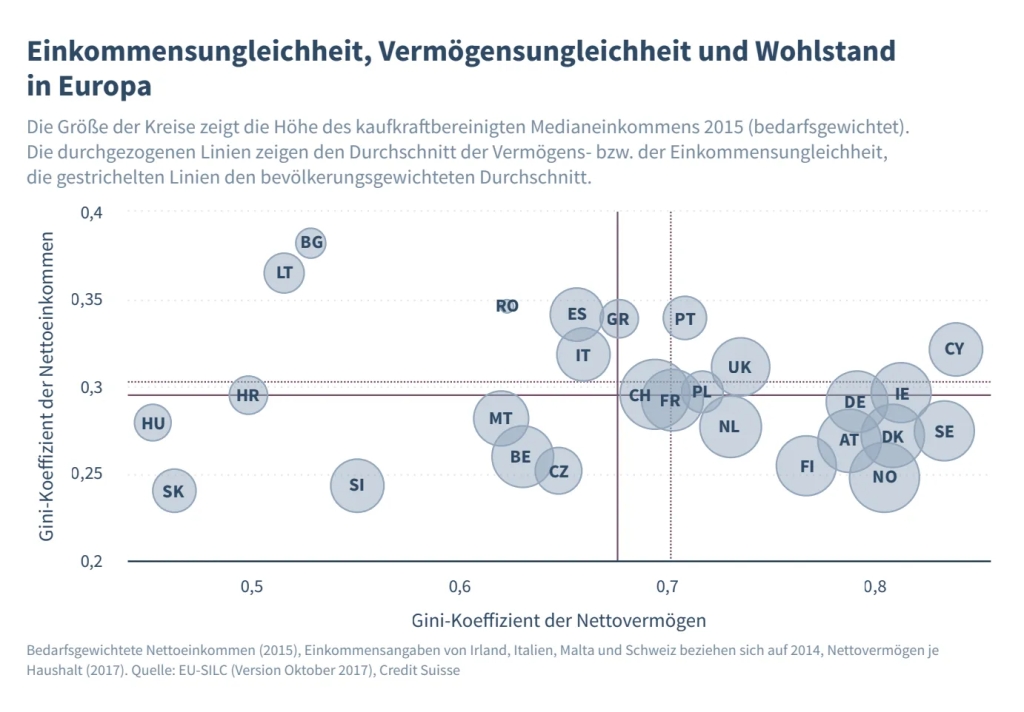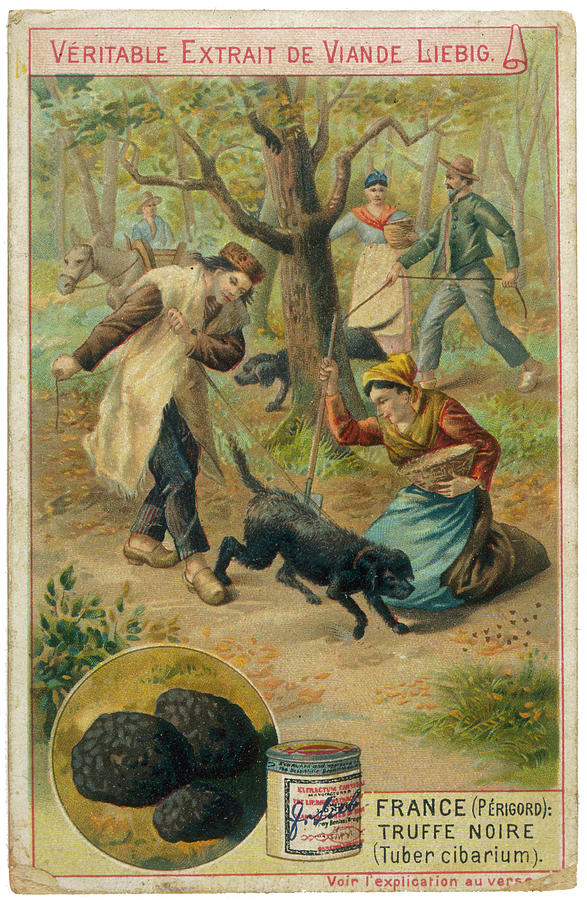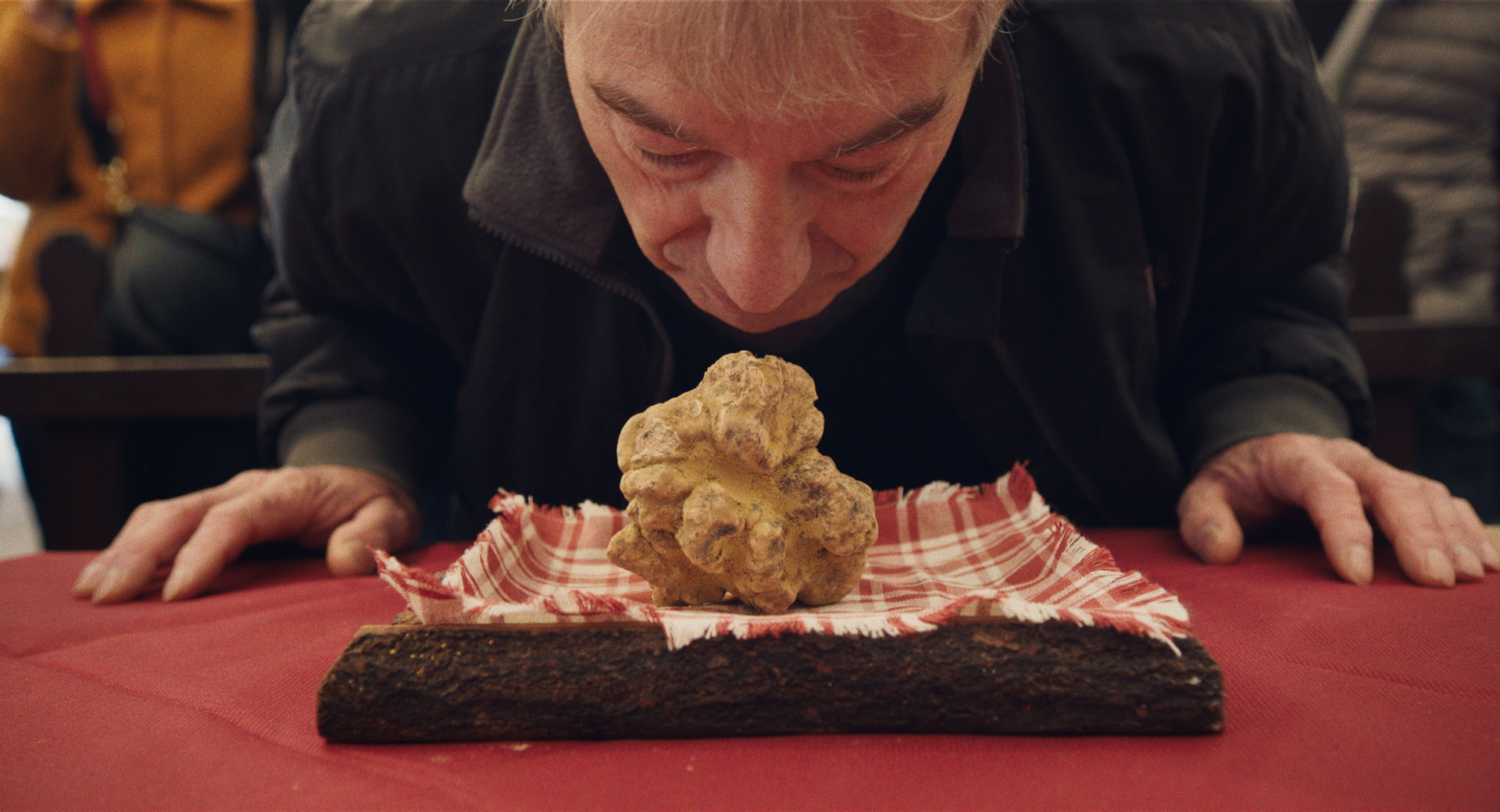Full report (in German) here: https://www.zdf.de/dokumentation/zdfzeit/zdfzeit-die-geheime-welt-der-superreichen-100.html?at_medium=Social%20Media&at_campaign=YouTube&at_specific=ZDFheute (available online till 12.12.2028)
Like any other successful capitalist society, Germany sports some of the highest inequality rates in the world (according to the Gini Inequality researchers Julia Friedrichs and Jochen Breyer have also made a documentary for the German ZDF channel – sadly it is not yet available on English translation, but I felt it was important to post about it here to complete the last series of dedicated posts. Currently, as of 2023, Germany has 237 billionaires (China has 969 and US has 691 resident billionaires). This is a really insightful look into the special tax counseling the rich get. A majority of the secretive richie rich refused to be interviewed but a few accepted – so Jochen Breyer goes on their private jets and yachts to get their opinion on several key issues. So even if the others seem especially camera shy, we still get to meet Hans-Peter Wild (majority holder in Wild Flavors – maker of Capri Sun and leading manufacturer of so-called natural flavors for the food industry) and one of the richest people in Switzerland (he left Germany long ago for the Swiss tax and banking heaven). Billionaires are also a highly volatile transnational bunch, so in order to satisfy their tax phobia, states or rather their governments are constantly lowering taxation and establishing special Economic Zones beyond the purview of democratic regulatory means of control.
They also exert incredible influence on policy for a so-called social market state that prides itself on its social welfare programs and democratic values.
I herby have to acknowledge the ever-informative newsletter by economics historian Adam Tooze Chartbook 254 on world macroeconomics. His recently titled Crazy Rich Germans .. . and the hypocrisy of the “social market economy” was just epic, and below is a telling extract for you to chew on.
By the way, Adam Tooze is also the foremost expert on the economy of the Third Reich with such key books as “Statistics and the German state 1900-1945: The making of modern economic knowledge” (2001) and “Wages of Destruction: The Making and Breaking of the Nazi economy” (2006).
“When it comes to monitoring elite wealth, the sources are much scarcer. Forbes magazine counted 117 individual German billionaires in 2023. But since large wealth is organized in family holdings, it is more meaningful, as Germany’s Manager Magazine does, to count billion-euro “fortunes” (Vermoegen). The Magazine in 2023 counted 226 such fortunes. The list, however, is clearly incomplete. And the magazine has acknowledged that it has been subject to behind-the-scenes legal pressure to omit several notable families.
We know this startling fact thanks to a new surge of public interest in inequality in Germany. German activists are beginning to flex their muscles and unlock the power of expose and muck-raking. Websites like ungleichheit.info do a great job telling the dramatic story of inequality.”
The two richest German families own more wealth than the bottom half of the German population.

The distribution and gender of Germany’s super-rich is also telling. We are talking here about white, manly, and predominantly West German. Statistics and data analytics are always important, even if hard to come by for us mere mortals amongst so much noise – but ZDFs researchers and investigators made it easy just scroll down on the https://www.zdf.de/nachrichten/wirtschaft/superreiche-vermoegen-deutschland-100.html?at_medium=Social%20Media&at_campaign=YouTube&at_specific=ZDFheute to the map provided and click to find out where the top 25 Germany’s richest actually live.

And if the data is to be believed, by the 2010s German wealth-holding was more concentrated than in any other European society (!!). In terms of the gini coefficient (Gini ratio= a measure of statistical dispersion intended to represent income inequality, the wealth inequality, or the consumption inequality), Germany is closer to the US (wealth gini 0.81-0.86), than other European countries like France and Italy who have a gini closer to ex-socialist countries like Czech Republic or Poland.










